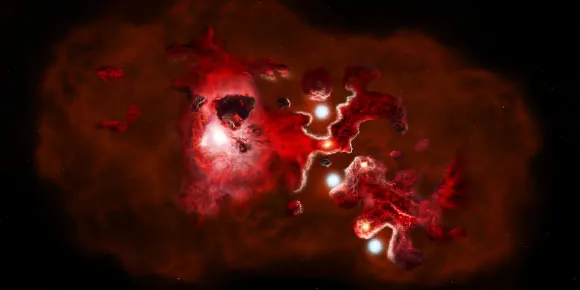
Bismuth's Hidden Secrets: A Breakthrough for Quantum Computing and Spintronics
2025-05-15
Author: John Tan
Revealing the Truth About Bismuth
For nearly two decades, scientists have debated whether bismuth belongs to the coveted class of materials ideal for quantum computing and spintronics. Recent groundbreaking research from Kobe University has unveiled that the enigmatic true properties of bismuth were obscured by its surface characteristics.
The Puzzle of Topological Materials
Topological materials, notorious for being insulators in their bulk yet highly conductive on their surfaces, are primed for advanced electronic applications. Their surface conductivity remains unaffected by defects, making them prime candidates for innovative technologies. However, whether bismuth fits into this elite group has sparked intense discussions, with conflicting results from various studies.
A Passionate Quest for Truth
Leading the research, Kobe University's physicist Fuseya Yuki passionately pursued answers about bismuth. "My fascination with bismuth has driven me to uncover every detail about it," he shares. His dedication led him to explore aspects of bismuth that had been previously overlooked.
Unraveling Surface Secrets
Fuseya was the first to identify that bismuth's crystal structure changes near its surface—a phenomenon that prompted him to question how this alteration might influence the material's topological characteristics. By modeling the electron behavior in bismuth crystals while factoring in these structural changes, his team aimed to shed light on the ongoing debate.
A New Perspective on Topology
Their findings were striking: the surface relaxation of bismuth could create the illusion of topological behavior, obscuring its bulk’s non-topological nature. "Traditionally, we determine a material's topology based on the 'bulk-edge correspondence' principle, where surface traits reflect those of the bulk. Our research demonstrates that this principle can actually be flawed," Fuseya notes.
Broader Implications for Material Science
This concept of "topological blocking" suggests that similar phenomena may exist in other materials as well. Fuseya emphasizes the significance of accurately understanding the topology of materials, hinting at a potential paradigm shift in the field of materials science.
A Personal Victory for the Researcher
For Fuseya, the discovery is more than just an academic achievement; it’s a personal triumph in his lifelong quest to demystify the complexities of bismuth.



 Brasil (PT)
Brasil (PT)
 Canada (EN)
Canada (EN)
 Chile (ES)
Chile (ES)
 Česko (CS)
Česko (CS)
 대한민국 (KO)
대한민국 (KO)
 España (ES)
España (ES)
 France (FR)
France (FR)
 Hong Kong (EN)
Hong Kong (EN)
 Italia (IT)
Italia (IT)
 日本 (JA)
日本 (JA)
 Magyarország (HU)
Magyarország (HU)
 Norge (NO)
Norge (NO)
 Polska (PL)
Polska (PL)
 Schweiz (DE)
Schweiz (DE)
 Singapore (EN)
Singapore (EN)
 Sverige (SV)
Sverige (SV)
 Suomi (FI)
Suomi (FI)
 Türkiye (TR)
Türkiye (TR)
 الإمارات العربية المتحدة (AR)
الإمارات العربية المتحدة (AR)